THE future of one of Abergavenny’s historical houses is in the hands of the National Lottery Heritage Fund after a bid for £3.1 to renovate the 17th century mansion on Cross Street was submitted last month.
Not all bids for heritage funding get this far; the Plas Gunter Mansion Trust’s Expression of Interest to the fund was accepted at the start of the month, opening the doors for them to submit a full application.
Plas Gunter Mansion is a small house with a big story to tell. The Grade II* listed building is of national – and international – significance because of its role in the political and religious struggles of the 1670s.
In 1907, local builders discovered a secret chapel in the attic of the house where Catholics had worshipped at a time when it was illegal and dangerous to do so. Recusants – those not conforming to the religious practices of the Anglican Church – could be punished with death.
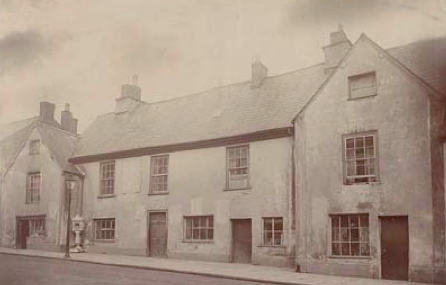
It is the only known recusant chapel that exists in Wales and one of the best surviving examples in the whole of Britain.
After being boarded up and hidden from sight for over two hundred years, the hidden chapel and a fine ornate plaster ceiling were uncovered in 1907 but the house is in a poor state of repair.
It is only a matter of time before the decline is irreversible and due to the delays caused by the Covid pandemic securing the funding is probably the only chance the Plas Gunter Mansion (PGM) Trustees have to save the building for the town.
“We’ve always known it would take several years to research and involve a broad range of local stakeholders in shaping our restoration plans,” says Owen Davies, Chair of PGM Trust.
“We are hugely grateful for the support we have received along the way from the Town Council, Heritage Fund and Architectural Heritage Fund to name just a few. Countless volunteer hours have gone into preparing our application, it feels like we have reached a do or die moment for the project.”
Four spaces are planned for the renovation:
· A welcome space on the ground floor leading to an exhibition on the first floor where the ornate plasterwork ceiling is located and up to the secret chapel in the attic.
· First floor flexible office/meeting room space available for hire or for Trust activities.
· Two upgraded ground floor commercial units for local businesses which will generate an income and help the building become financially sustainable.
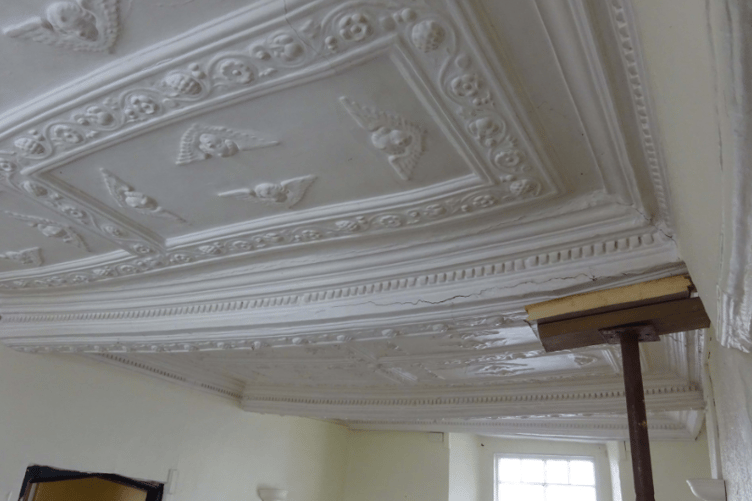
The exhibition will bring the history of the house alive. The priest who led the secret Catholic services in the attic chapel was the son of the first Headmaster of King Henry VIII Grammar School. Father David Lewis was denounced to Parliament by priest-hunter, John Arnold of Llanfihangel Court, near Abergavenny and was arrested, hanged, drawn and quartered at Usk on 27th August, 1679. Later canonised, Saint David Lewis was Wales’ last Catholic martyr.
A hidden chapel, illegal Catholic masses, persecution and martyrdom, Plas Gunter Mansion was no ordinary house.
“As well as being of great architectural value, the house is a symbol of the tolerant attitudes characteristic of this area both in the past and today,” says Mary Ann Brocklesby, councillor and Leader of Monmouthshire County Council.
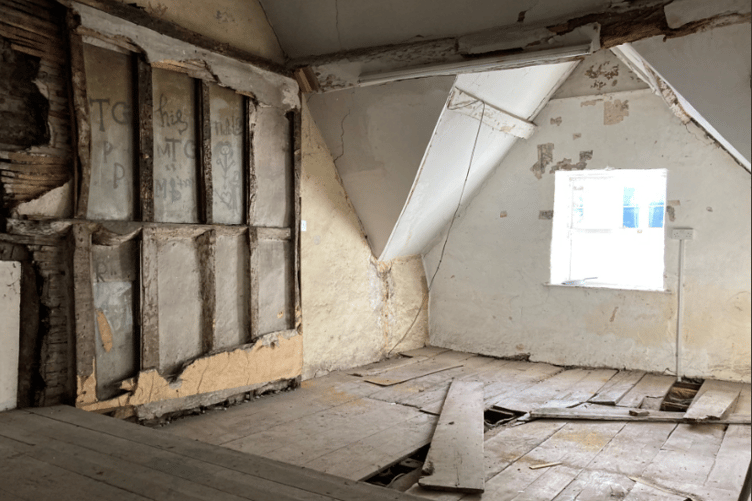
“In the 21st century, Abergavenny proudly welcomes refugees and minority communities and the story of the the house demonstrates that this has always been the case. It’s extremely important that people feel part of their own history and where they come from.”
Because of the dilapidated state of the building, it isn’t yet possible to open the historical parts of the house to the public but an exhibition space on the ground floor currently sees around 750 visitors a year and is open on Tuesdays, Fridays and Saturdays from 10.30am to 4pm. A team of around 20 committed local volunteers have made this possible.
The renovation will create an exciting income-generating visitor experience that will lift an area of town that is neglected and run down.
“Besides helping to boost the local economy and encouraging tourism,” says Councillor Brocklesby, “At the heart of this project is local history and a sense of place.”
The plan is to create a heritage quarter in Abergavenny encompassing the Museum and Castle, St Mary’s Priory and the Tithe Barn. There are long-established links between the house and the museum which has exhibited artefacts from the house including a painted altarpiece depicting the Adoration of the Magi since the museum opened in 1959.
In partnership with the Museum & Castle the PGM Trust already offers a schools programme where pupils can study the stories that make up their local history, in line with the new curriculum for Wales.
Abergavenny’s King Henry VIII School worked with the PGM project in 2018 and 2019 to provide experiences for pupils studying history, geography and RE and hope to build on this link post-pandemic.
“The Mansion is relevant to all three subjects within humanities and all three key stages at the school,” says Jennifer Riley, History subject leader at the school, “and we hope that it will be possible to use Plas Gunter Mansion to act as a linking point through which students in school will be able to see how culturally significant events in the past have influenced the local area and people, and how this may continue to shape the town today via heritage tourism.”
The Trustees should know by December whether their bid has been successful. If it’s good news, there will then follow a funded development period of about 18 months during which plans will be finessed and finalised.
A Conservation Plan will advise the team as to how to treat the building and how to maintain it after development, then detailed architectural plans will be drawn up, exhibition interpretation will be explored and finalised, and activities will be tested and refined.
“Plas Gunter Mansion is a capsule of stories from the past 400 years,” adds Owen Davies. “We are excited about the idea of opening the most historic parts of the building to the public for the first time and about our activities engaging visitors and helping people to use heritage to explore themes of tolerance and reconciliation. Our funding application–if successful–will save our unique building of national importance”.
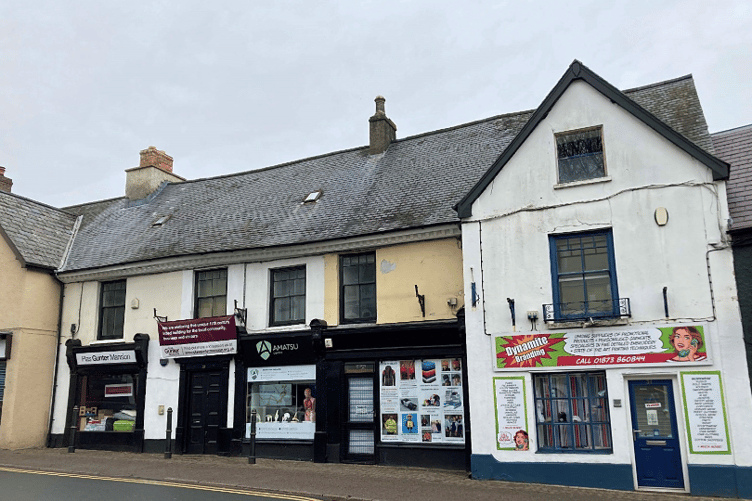

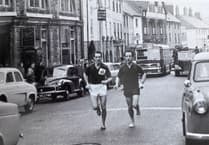
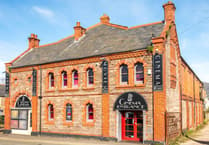
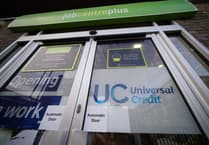
Comments
This article has no comments yet. Be the first to leave a comment.